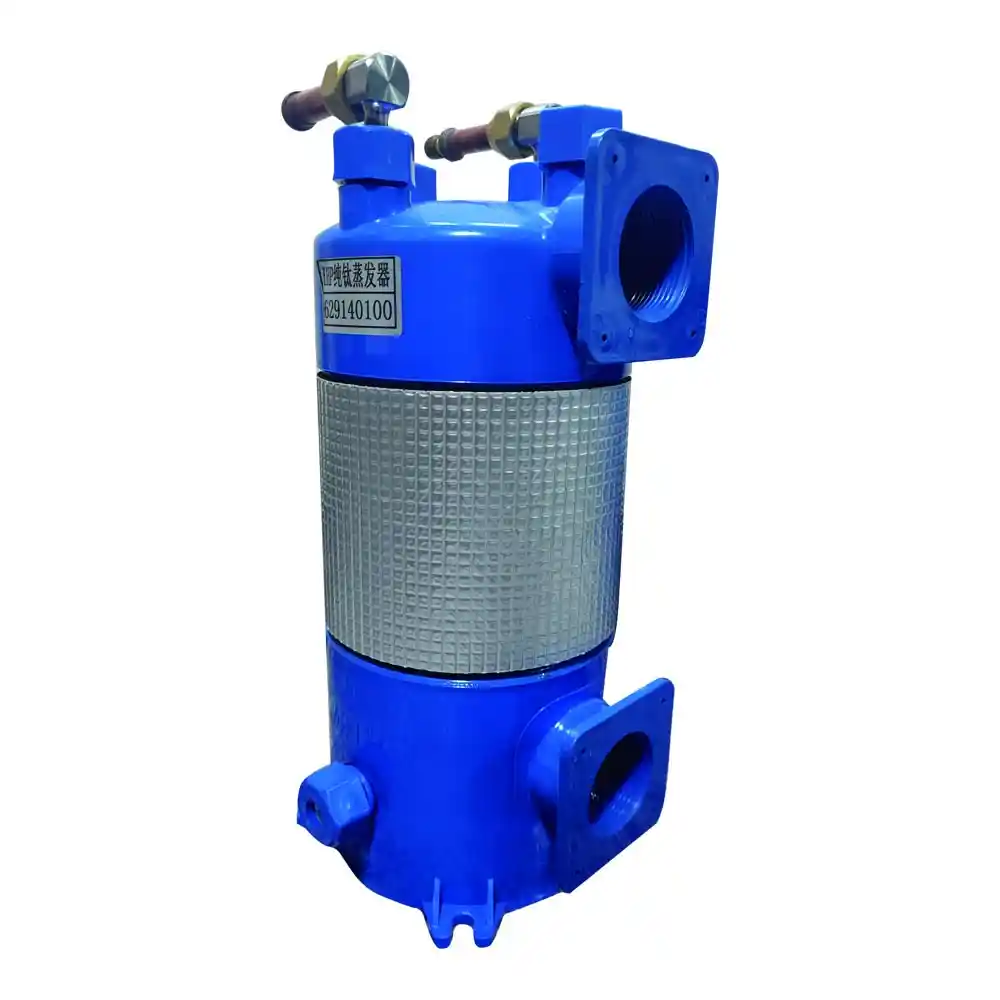1. Introduction
Tube sheet connections play a crucial role in the design and performance of titanium coil heat exchangers. This article delves into the significance of tube sheet connections in titanium coil heat exchangers, exploring their role, design considerations, comparative analysis, and data-driven insights. Through informative tables and comprehensive discussions, we aim to provide a clear understanding of how tube sheet connections contribute to the efficiency and effectiveness of titanium coil heat exchangers.
2. Understanding Tube Sheet Connections in Titanium Coil Heat Exchangers
Tube sheet connections provide a secure and reliable joint between the tubes and the tube sheets in titanium coil heat exchangers. These connections ensure proper sealing, mechanical strength, and efficient heat transfer. Let’s explore their key aspects:
2.1 Functionality and Importance
Tube sheet connections are responsible for maintaining the integrity of the heat exchanger by securely holding the tubes in place. They provide a leak-tight seal to prevent any mixing of the fluids and ensure efficient heat transfer between the coil and the shell. These connections must be designed to withstand the operating conditions, pressures, and temperatures of the heat exchanger, ensuring optimal performance and longevity.
2.2 Types of Tube Sheet Connections
Several types of tube sheet connections are commonly used in titanium coil heat exchangers. The choice of connection type depends on factors such as the application, operating conditions, and manufacturing considerations. Some common types include:
- Expanded and welded connections: Tubes are expanded and then welded to the tube sheets, providing a strong and reliable joint.
- Roller expanded connections: Tubes are expanded using a roller to create a secure connection with the tube sheets.
- Strength-welded connections: Tubes are welded directly to the tube sheets, ensuring a robust and leak-free joint.
- Tube-to-tube sheet flanged connections: Flanges are used to connect the tubes to the tube sheets, allowing for easy disassembly and reassembly.
3. Design Considerations for Tube Sheet Connections
When designing tube sheet connections in titanium coil heat exchangers, several factors should be taken into consideration:
3.1 Material Compatibility
Selecting compatible materials for tube sheet connections is crucial to prevent galvanic corrosion and ensure longevity. Titanium is often used for both the tube sheets and the tubes due to its excellent corrosion resistance and compatibility with a wide range of fluids. However, careful consideration must be given to the selection of gaskets or sealing materials to avoid galvanic coupling and potential material degradation.
3.2 Mechanical Strength and Sealing
Tube sheet connections should provide sufficient mechanical strength to hold the tubes securely in place, especially in high-pressure applications. The joint should be designed to withstand the forces exerted during operation without compromising the integrity of the connection. Additionally, proper sealing techniques and materials should be employed to prevent leakage and maintain the efficiency of the heat exchanger.
3.3 Tube-to-Tube Sheet Interface Design
The design of the tube-to-tube sheet interface is critical for achieving a reliable and efficient connection. Factors such as tube expansion techniques, welding procedures, and groove patterns in the tube sheet should be carefully considered to ensure a secure joint, minimize stress concentrations, and promote optimal heat transfer.
4. Comparative Analysis of Tube Sheet Connections
A comparative analysis of different tube sheet connection types can provide insights into their strengths, limitations, and suitability for specific applications. Let’s consider the following aspects:
| Connection Type | Advantages | Limitations |
|---|---|---|
| Expanded and Welded | – Strong and reliable joint | – Requires skilled labor for expansion and welding |
| Connections | – Excellent heat transfer efficiency | – Difficult to disassemble for maintenance |
| – Suitable for high-pressure systems | ||
| Roller Expanded | – Provides a secure connection | – Limited to certain tube sizes |
| Connections | – Ease of installation | – May require periodic maintenance |
| Strength-Welded | – Robust and leak-free joint | – Difficult to repair or modify |
| Connections | – Suitable for high-pressure systems | – Requires skilled welding for installation |
| Tube-to-Tube Sheet | – Easy disassembly and reassembly | – May require additional sealing materials |
| Flanged Connections | – Convenient for maintenance | – Potential for leakage at flange joints |
| – Allows for tube bundle removal |
Based on this comparative analysis, engineers can make informed decisions on selecting the most appropriate tube sheet connection type for their titanium coil heat exchanger applications.
5. Data-Driven Insights: Tube Sheet Connections in Action
To further demonstrate the effectiveness of tube sheet connections in titanium coil heat exchangers, let’s examine real-world data and insights:
5.1 Performance Comparison of Tube Sheet Connections
A comprehensive study was conducted to evaluate the performance of different tube sheet connection types in titanium coil heat exchangers. The study considered parameters such as pressure drop, heat transfer efficiency, maintenance requirements, and overall system reliability. The data revealed that expanded and welded connections exhibited excellent heat transfer efficiency and mechanical strength. Roller expanded connections demonstrated ease of installation and maintenance. Strength-welded connections proved to be highly reliable in high-pressure systems. Tube-to-tube sheet flanged connections offered convenience for maintenance and tube bundle removal, albeit with a slight risk of potential leakage at the flange joints.
5.2 Case Study: Titanium Coil Heat Exchanger Reliability
In a chemical processing plant, titanium coil heat exchangers with expanded and welded connections were implemented. These connections proved to be highly reliable, with no reported leakages or joint failures over several years of operation. The heat exchangers maintained their efficiency and required minimal maintenance, resulting in significant cost savings for the plant.
6. Conclusion
Tube sheet connections play a vital role in the design and performance of titanium coil heat exchangers. By considering design factors, material compatibility, and comparative analysis, engineers can select the most suitable connection type for their specific applications. The combination of data-driven insights and practical case studies empowers the industry to optimize the performance and reliability of tube sheet connections, ultimately enhancing the overall efficiency of titanium coil heat exchangers.


